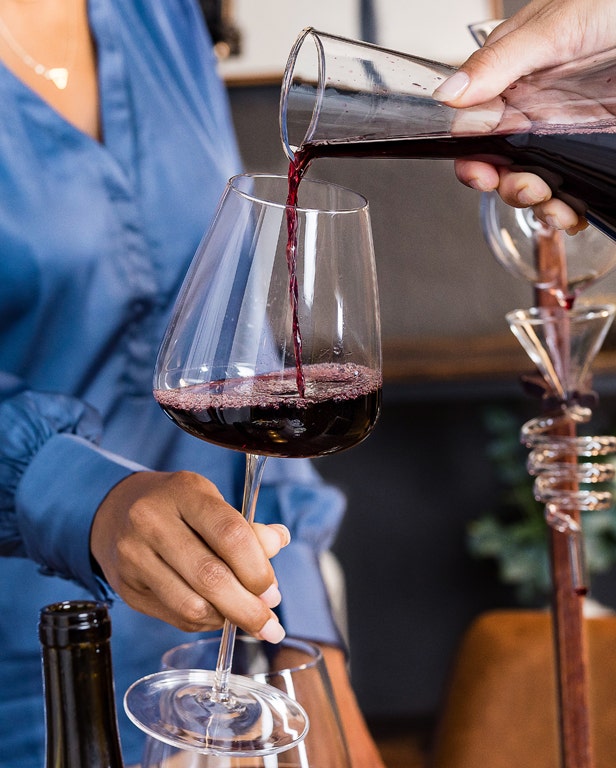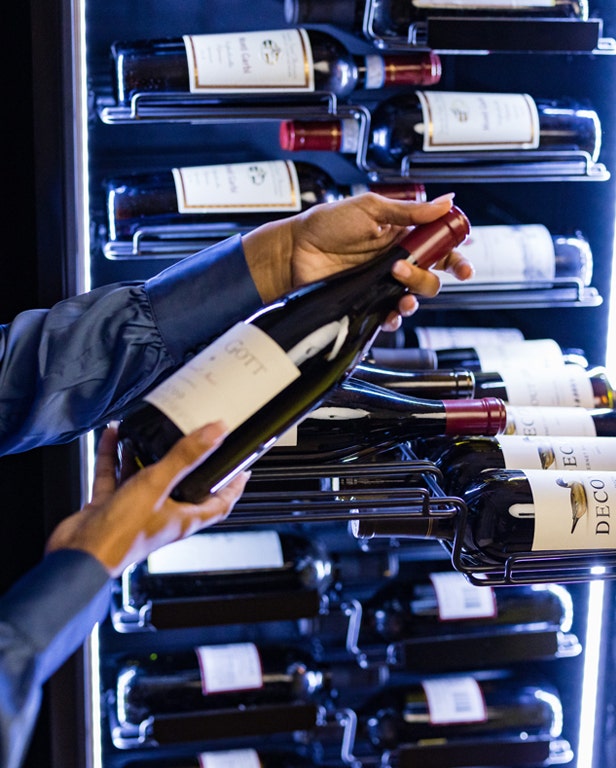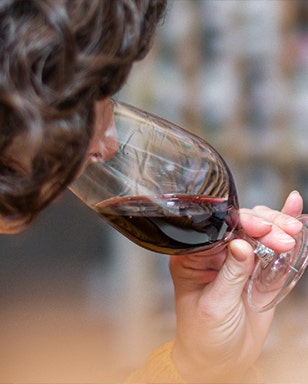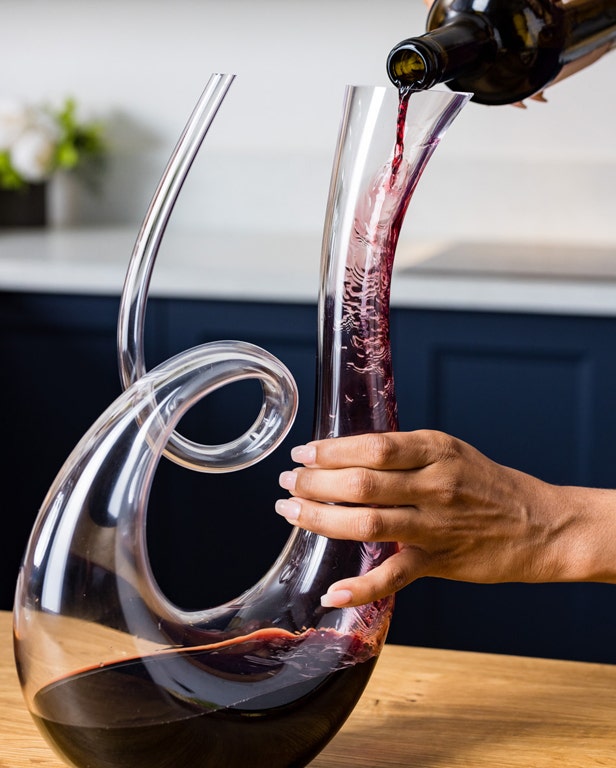Partners

With 8,000 Years of Winemaking History, Learn Why Georgia is Called The Cradle of Wine
Get to Know Georgia, The Birthplace of Wine
With over 8,000 years of winemaking history, Georgia is considered by many the birthplace of wine. Today’s winemakers honor that long, interrupted viticultural heritage, highlighting the country’s unique winemaking techniques honed over centuries. But those established practices also contrast with modern methods and new ideas that have been embraced by forward-thinking vintners. These factors have transformed Georgia into one of the most dynamic wine regions in the world.
An Ancient History
Located in the Caucasus Mountains, an area where Asia, the Middle East and Europe convene, the country of Georgia is believed to be one of the first places in the world where crops were intentionally cultivated. The grapes grown here were used in fermented drinks that formed the foundation of winemaking.
In 2015, archaeologists uncovered clay vessels, known as qvevri, which contained the remains of grape seeds dating back thousands of years. Further research has confirmed the early existence of winemaking in the region, which is how Georgia came to be known as the “cradle of wine.”


Qvevri Winemaking
These qvevri are a key component in traditional Georgian winemaking. Grapes, skins, seeds and stems are all placed into the vessels after pressing. These 1,000-plus liter, egg-shaped containers are stored underground, which allows the earth to naturally regulate the temperature as the wine ferments and ages. Both white and red wines can go through the qvevri method. However, white grapes that spend an extended amount of time in contact with the skins transform into amber wines. Commonly referred to as “orange” wines, these deep golden-colored, tannic wines are now trending across the world. The practice is so important to Georgia’s identity that in 2013, qvevri winemaking was added to UNESCO’s “Humanity’s Intangible Cultural Heritage” list.


Modern Techniques
While qvevri play a vital role in defining Georgian wine, present-day winemakers have looked to other regions and approaches for inspiration as well. Stainless-steel tanks, temperature-controlled fermentations and oak aging are just a few of the practices found in today’s wineries. Often, both qvevri and modern equipment sit next to one another under the same roof, giving winemakers more tools for experimentation. This interplay of historical and current vinification methods is what makes Georgia one of the most exciting places in the world to make—and drink—wine.
Indigenous Varieties
It’s not just the techniques that make Georgian wines so distinct. The country is home to 525 indigenous varieties, about 30 of which are commonly grown in Georgia’s 10 winemaking regions. The red grape, Saperavi, is the most culturally significant. Deep in color and with intense notes of dark berries, blackcurrants and spices, it is known for producing full-bodied reds. One classic example is the Saperavi from Marnaveli Winery, which showcases strong tannins, structure and finesse. However, the iconic grape is proving itself to be versatile in terms of style as modern winemakers have eschewed tradition in favor of more nuanced, terroir-driven bottles, adding to the diversity of the Georgian wine scene.
Trendsetting Wines
Georgia is a small country with high demand from neighboring nations, and its wines could have easily remained inaccessible for many oenophiles. But importers such as Mamuka Tsereteli from Georgian Wine House (located in the Washington DC area) and Michael Kabilnitsky from Corus Wine Imports started bringing the wines stateside in the mid-2000s. Excited by the wines’ fascinating history and ability to pair with a wide range of cuisines, many sommeliers embraced these selections—and winemakers in other regions began to take note. U.S. winemakers, inspired by amber wines in particular, began experimenting with the style themselves. These days it’s hard to find a list without “orange” wines on the menu thanks to the influence of Georgia.

Wine has long been interwoven with Georgia’s vibrant cultural history for millennia. With 8,000 years of winemaking experience complemented by modern ideas, there has never been a better time to explore Georgian wine. To learn more about wines from Georgia, click here.






